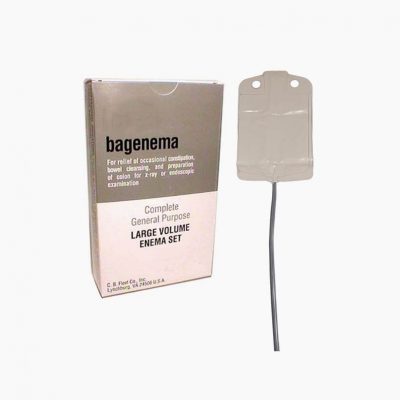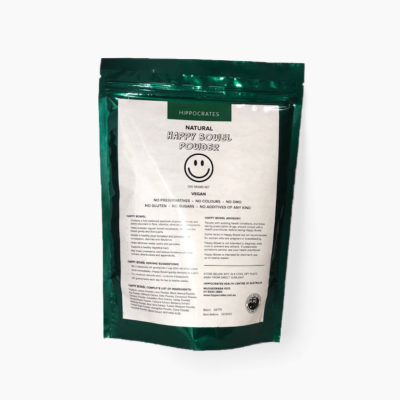
Why Does Coconut Oil Go Solid?
At temperatures above 23°C unhydrogenated coconut oil is a liquid. At temperatures below this it becomes a solid. The oil will be either liquid or solid, depending on the temperature of the room. There is nothing wrong or unusual about this. Butter, for instance, does the same thing. In the refrigerator it is solid, but take it out on a hot day and let it sit on the counter, and it melts. If you refrigerate olive oil it solidifies as well, but out of the refrigerator it is liquid.
In shops you mayl see two identical bottles of coconut oil side by side, and one will be solid, while the other is liquid. The reason for this is that several hours are required for the oil to adjust to room temperature.
Critics who try to discredit coconut oil by claiming it to be an “artery clogging” saturated fat will often point out the fact that coconut oil is solid at room temperature. They say when you eat the oil it will solidify in your arteries, implying that the oil will clog the arteries and cause a heart attack. This idea is preposterous. For one thing, our body temperature is 36.8°C. Coconut oil is fully liquid at that temperature. In addition, coconut oil does not circulate inside the arteries after you eat it. Coconut oil, like any other fat or oil, is digested and broken down into individual fatty acids in the digestive tract. The fatty acids from coconut oil are used by the cells in the body as food to produce energy. Coconut oil cannot clog the arteries.
Like butter, you can eat coconut oil whether it is liquid or solid. There is no difference in nutritional value or chemical makeup.
If your kitchen is kept under 23°C, coconut oil will remain solid. On a hot day it will liquefy. You can keep it in the refrigerator if you like, but it isn’t necessary. Coconut oil is very stable, and has a long shelf life, so it can be kept on the kitchen counter or in a cupboard.
Hippocrates Pure Organic Food-Grade Coconut Oil is available.




